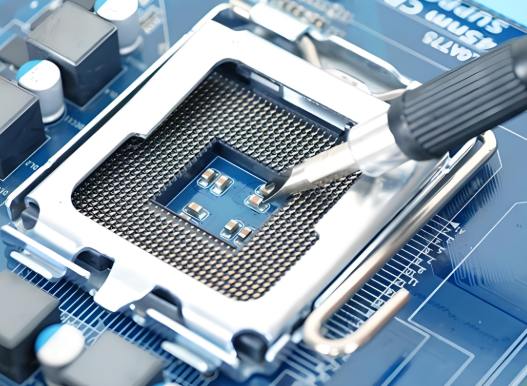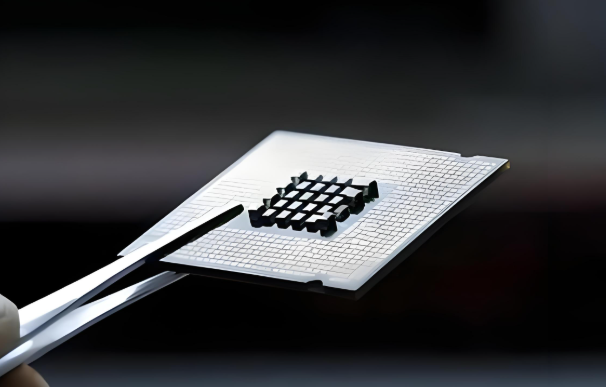The U.S. plans to launch new regulations, demanding annual approval for South Korean firms (e.g., Samsung, SK Hynix) to export chip-making equipment to their Chinese factories. This major shift in U.S. semiconductor policy has shaken the global industry.

Previously, the Trump administration revoked the Biden-era "Validated End-User" (VEU) exemption for the two Korean companies. The VEU—set to expire end-2025—had let them easily get equipment for Chinese factories. Now, the U.S. Commerce Department proposes a "site license" scheme: Korean firms must apply yearly for approved restricted equipment, components and materials (with clear quantities), replacing the VEU’s permanent permits and adding complexity to their China operations.
U.S. officials say the rule avoids disrupting the global electronics industry and won’t hurt existing China factory operations, but blocks equipment for upgrades/expansions. For Korean firms, uncertainties remain: predicting 12-month maintenance parts is hard, and it’s unclear if the U.S. can fast-track unplanned component approvals to avoid production halts. The Trump team’s real goal is to boost supply transparency and ensure U.S. approval for all shipments.
Industry insiders note the VEU already gave the U.S. sway over Korean firms’ China operations. Korea says its safety assurances address U.S. "technology leakage/equipment transfer" worries, but negotiations are ongoing. The annual site license is Korea’s best option now—VEU won’t be reinstated, and it’s more predictable than batch-by-batch applications (losing VEU would mean 1,000+ extra permits yearly).
This leaves Korea stuck between key ally the U.S. and top trading partner China. The earlier VEU revocation shook markets and annoyed China; now U.S. unannounced inspections of Korean battery factories in the U.S. have raised tensions. Since 2022, the U.S. has tightly controlled chip exports to China, and this new adjustment will hit the global semiconductor supply chain deeply.

ICgoodFind’s view, the U.S. move adds uncertainty to the global semiconductor supply chain, raising costs/risks for Korean firms in China and pushing China’s semiconductor industry to speed up independent innovation.





